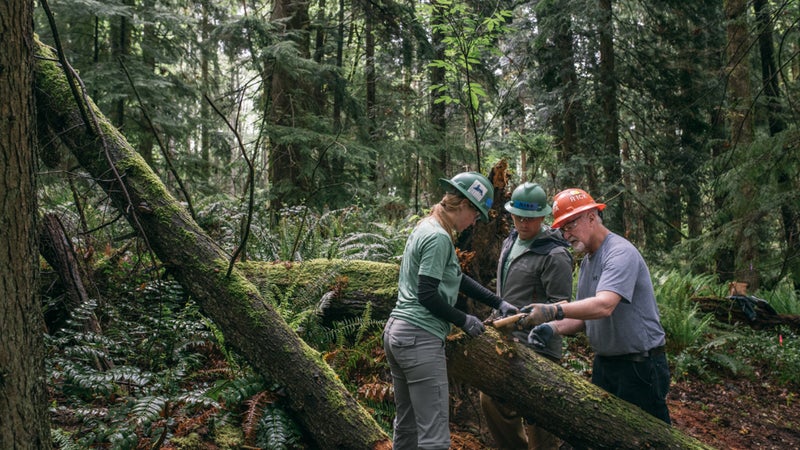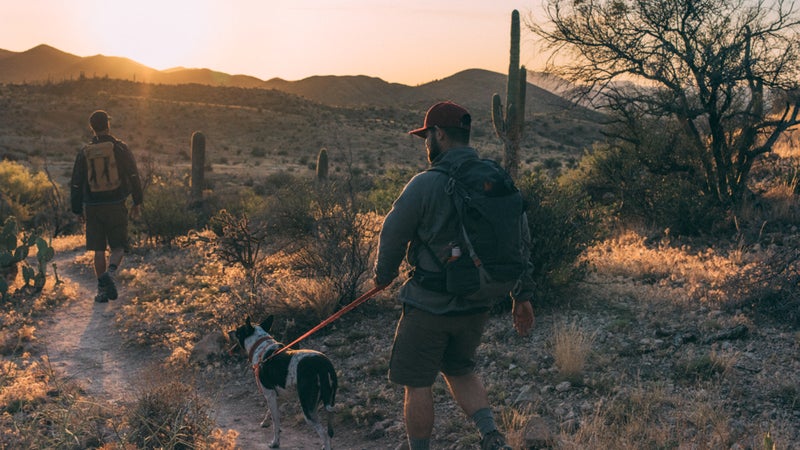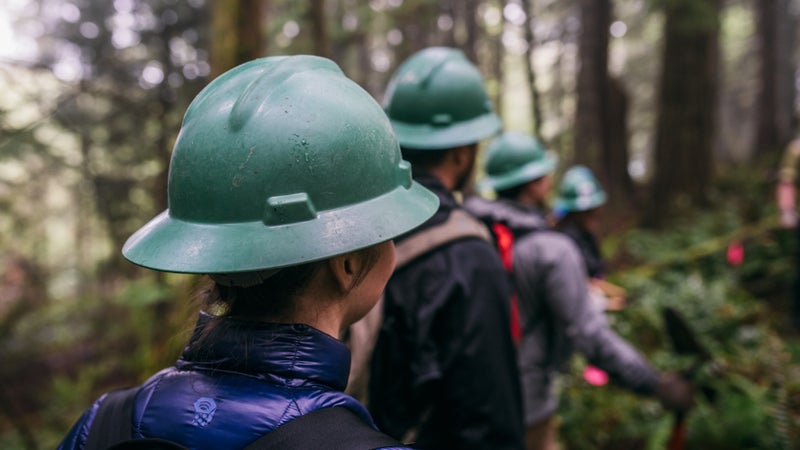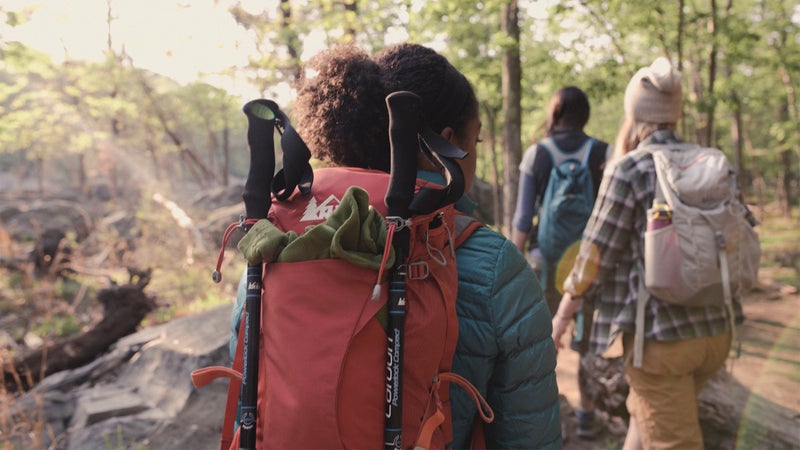If you’ve noticed over the past few years that your favorite trail suffers from uncleared blowdowns and washouts, or is still a work in progress, waiting for approval or funding to complete the entire network, you’re not alone. In 2013, the last time anyone bothered to investigate, the National Forest Service was found to have a maintenance backlog on its trail systems worth a half billion dollars. And that doesn’t include all the work that needs to be done in national and state parks, on national scenic trails, and in other areas where outdoor paths just don’t get the TLC they deserve.
Given the bleak state of funding for the National Forest Service and other local and national agencies, chances of those backlogs clearing up anytime soon are unlikely. Which is why outdoor and conservation communities and advocacy groups have stepped up to adopt trails, help fund the maintenance and stewardship of the trails, and organize volunteer days.

REI, which believes strongly in its motto, “Every Trail Connects,” is doing its part. The gear co-op has been helping maintain trails since 1938, but has significantly and strategically ramped up its efforts over the past decade or so by partnering with groups across the country. At New York’s 50,000-acre Bear Mountain State Park, birthplace of the Appalachian Trail, REI is working with the New York-New Jersey Trail Conference to build 1,000 hand-hewn granite steps to stabilize eroding paths. ���ϳԹ��� San Diego, it’s helping the San Dieguito River Valley Conservancy finish the 12-mile Pamo Valley Segment, which will complete the 70-mile Coast-to-Crest trail, an urban-to-backcountry route stretching from Del Mar to Volcan Mountain.

In Colorado, Mount Columbia, a 14er in the state’s Sawatch Range, has been hiked almost to death. That’s why REI is helping the Colorado Fourteeners Initiative tackle a four-year effort to reroute and redesign the paths up the mountain to improve stability and reduce impact on alpine plants and animals. And that’s just the start: The company is now funding projects in all 33 states where it has a retail presence and in 2015 over 1,000 outdoor places will be supported with REI investments. While all of these efforts are essential to preserve and build trails for the next generation, they’re just one part of the solution. There’s plenty you can everyday do to make a positive impact on the paths you love.

Do Your Part
1. Get Muddy
This is why you wear boots. Walk through mud or shallow standing water instead of widening the trail by going around.
2. Don’t Cut in Line
Yes, some switchbacks are maddeningly long and easily skipped, but they are designed to prevent erosion. Cutting destroys vegetation and can wear away slopes.
3. Leave Cairns Alone
Sure, it’s fun topple the rock piles, but in many alpine areas cairns are the only means available to mark a trail. Knocking them down or tampering with them means work crews will have to spend time rebuilding them, or worse, someone behind you will lose their way.
4. Fix It
It’s fine to move limbs, rocks, and small trees off the trail. But for bigger jobs that require a chainsaw, restoring a degraded slope, or fixing a bridge or sign, keep detailed notes and let the land manager know where the problem is so they can use their limited resources most effectively.
5. Get Involved
Adopt a trail through a local organization or sign up for their next day service project to help clear fallen trees, restore native habitat, and build erosion-control structures. Find the one in your area by visiting .

